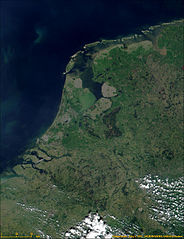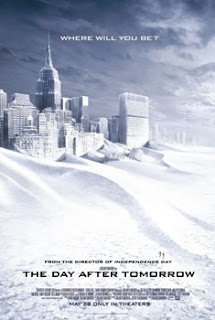 |
| Park Avenue/Daniel Case Creative Commons |
- Social & Economic Mobility in the U.S. is not better, and actually worse than in quite a few other wealthy countries, including Canada, Australia, the Scandinavian countries, the Netherlands, France, Germany, and others
- Income Inequality in the U.S. has skyrocketed over the last decades. According to the Congressional Report, Trends in the Distribution of Household Income between 1997 and 2007, "....The share of total income in America going to the top 1% of American households increased from 11.3% in 1979 to 20.9% in 2007...." Also, from 1992 to 2007 the top 400 earners in the U.S. saw their income increase 392%, while income of the rest stagnated.
- Distribution of Wealth in the U.S. too has reached historic levels. Professor G. William Domhoff, author of Who Rules America?, states on his website, that" ... As of 2010, the top 1% of households (the upper class) owned 35.4% of all privately held wealth, and the next 19% (the managerial, professional, and small business stratum) had 53.5%, which means that just 20% of the people owned a remarkable 89%, leaving only 11% of the wealth for the bottom 80% (wage and salary workers). In terms of financial wealth (total net worth minus the value of one's home), the top 1% of households had an even greater share: 42.1%." or to use a more colorful statistic: the 400 richest Americans have the same combined wealth as the poorest half of Americans, over 150 million people.
So why is it bad that a society has some very rich people, and many others who are struggling and poor?







